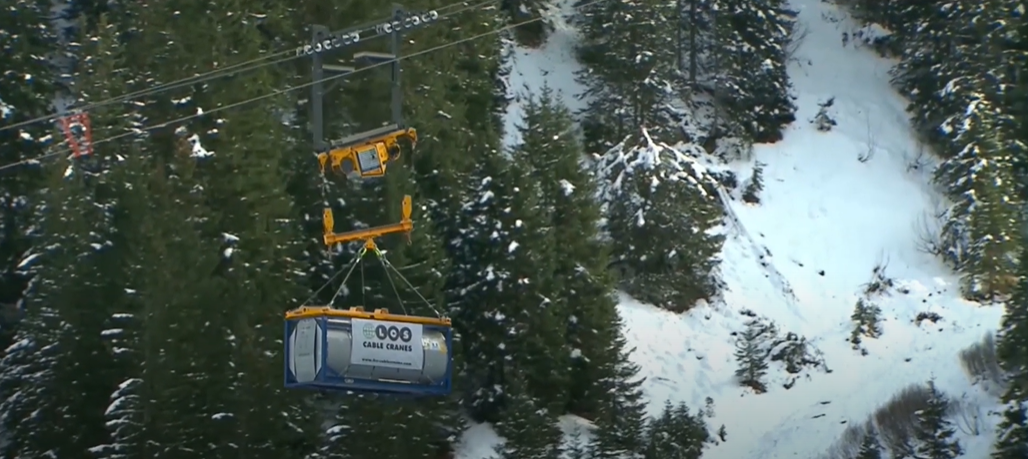via the Smithsonian Channel
The Smithsonian channel is airing a series of shows titled America in Color, in which they enhance lost or forgotten video footage of the 1900s, beginning with the 1920s. Part of the first episode in the series shows the men that worked on skyscrapers in New York City and it’s been edited to show color, as opposed to black and white, for the first time.
The “Roughnecks,” as the skyscraper ironworkers were known, are shown building NYC’s Chrysler Tower and the Empire State Building with little more than some tools a soft hat; no harnesses, safety lines, or hard hats. They weren’t even granted bathroom breaks. After all, OSHA wasn’t even created for another 5 decades, in the 1970s.
Before you watch the footage and revel in the fact that this was “back when there were real men,” note that research shows that 2 out of 5, or 40%, “roughnecks” were either killed or disabled on these jobs. These men were certainly brave enough to take on this dangerous work, but there’s a good reason why laws are set in place to protect America’s workers today.
According to The Skyscraper Center, there were 6 buildings at least 200 meters tall (656 feet) that were completed in either 1930 or 1931 in New York City alone. The Empire State Building was the tallest of the bunch, topping out at 1,250 feet, followed by the Chrysler building (1,046 feet), the Trump Building (9247 feet), Twenty Exchange (741 feet), 500 Fifth Avenue (697 feet), and One Grand Central Place (673 feet).
If you’d like to check out the full episode on the 1920s, the next airings on the Smithsonian channel are at 3pm on Monday, February 4, 2am on Sunday February 17, and 3pm on Sunday, February 24 or you can stream it for free on their website.
Enjoy the construction specific clip below:











While still new in the construction industries, robots are typically designed to perform a specific task in a highly precise and efficient way, like the rebar tying robot, Tybot or the brick-laying robot Hadrian X. More recently, though, robots are being imagined as platforms for 3rd party companies to develop hardware and accessories to attach to the base robot, like the Boston Dynamics robotic dog, Spot. I recently came across a new robot, called Baubot, which hopes to one day perform tasks using every tool on a typical jobsite.